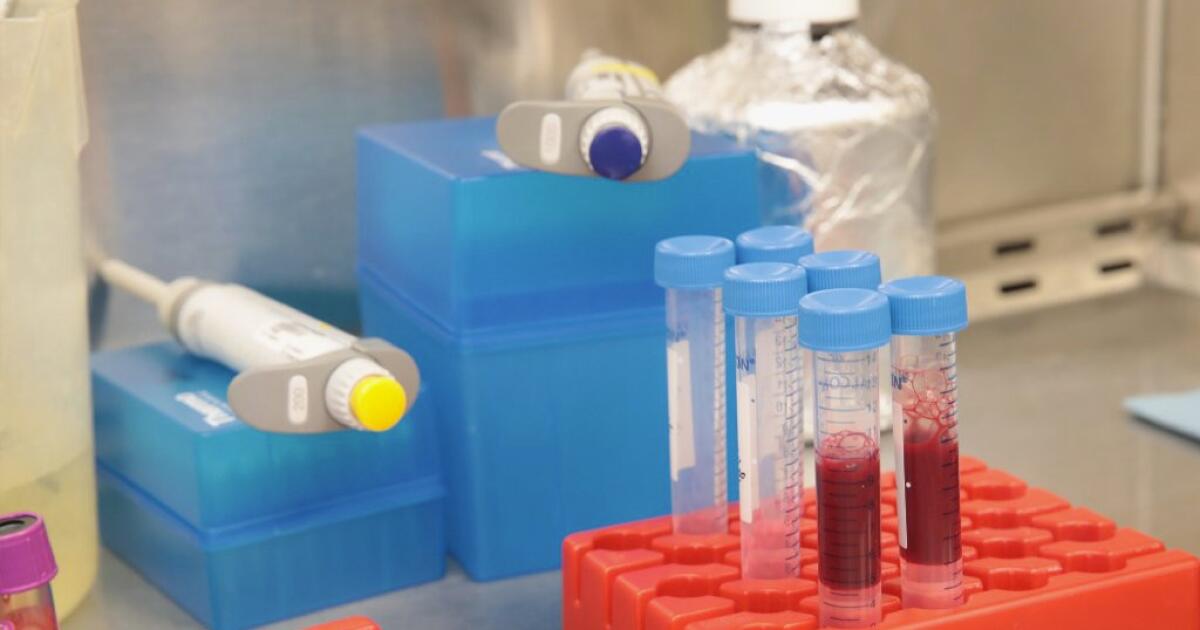From: "Media@cdc.gov (CDC)"
To: MMWR-MEDIA@LISTSERV.CDC.GOV
Subject: CDC Media Statement: CDC assisting Utah investigation of Zika virus infection apparently not linked to travel
Date: Jul 18, 2016 1:05 PM
To: MMWR-MEDIA@LISTSERV.CDC.GOV
Subject: CDC Media Statement: CDC assisting Utah investigation of Zika virus infection apparently not linked to travel
Date: Jul 18, 2016 1:05 PM
| Media Statement For Immediate Release Monday, July 18, 2016 Contact: CDC Media Relations 404-639-3286 CDC assisting Utah investigation of Zika virus infection apparently not linked to travel CDC is assisting in the investigation of a case of Zika in a Utah resident who is a family contact of the elderly Utah resident who died in late June. The deceased patient had traveled to an area with Zika and lab tests showed he had uniquely high amounts of virus?more than 100,000 times higher than seen in other samples of infected people?in his blood. Laboratories in Utah and at the Centers for Disease Control and Prevention (CDC) reported evidence of Zika infection in both Utah residents. State and local public health disease control specialists, along with CDC, are investigating how the second resident became infected. The investigation includes additional interviews with and laboratory testing of family members and health care workers who may have had contact with the person who died and trapping mosquitoes and assessing the risk of local spread by mosquitoes. A CDC Emergency Response Team (CERT) is in Utah at the request of the Utah Department of Health. The team includes experts in infection control, virology, mosquito control, disease investigation, and health communications. ?The new case in Utah is a surprise, showing that we still have more to learn about Zika,? said Erin Staples, MD, PhD, CDC?s Medical Epidemiologist on the ground in Utah. ?Fortunately, the patient recovered quickly, and from what we have seen with more than 1,300 travel-associated cases of Zika in the continental United States and Hawaii, non-sexual spread from one person to another does not appear to be common.? As of July 13, 2016, 1,306 cases of Zika have been reported in the continental United States and Hawaii; none of these have been the result of local spread by mosquitoes. These cases include 14 believed to be the result of sexual transmission and one that was the result of a laboratory exposure. Since early 2016, CDC has worked with state, local, and territorial public health officials to protect pregnant women from Zika infection, through these activities: ? Alerts to pregnant women to avoid travel to an area with active Zika transmission, to women in these areas to take steps to prevent mosquito bites, and to partners of pregnant women to use a condom to prevent sexual transmission during pregnancy. ? Development and distribution of PCR and IgM testing kits to confirm Zika virus infection. ? Establishment of CDC Emergency Response Teams to rapidly deploy to assist with Zika-related preparedness and response activities in the United States. ? Deployment of experts to assist in enhancement of mosquito surveillance and testing. ? Collaboration with FDA, blood collection centers, and other entities in the public and private sectors on enhancement of surveillance of blood donations. ? Guidance to prevent sexual transmission, particularly to women who are pregnant. ? Guidance for clinicians on the care of pregnant women who may have been exposed to Zika. ? Studies in collaboration with Brazil, Colombia, and other countries to better understand the link between Zika infection and birth defects, including microcephaly. For more information about Zika: http://www.cdc.gov/zika/. |


Comment